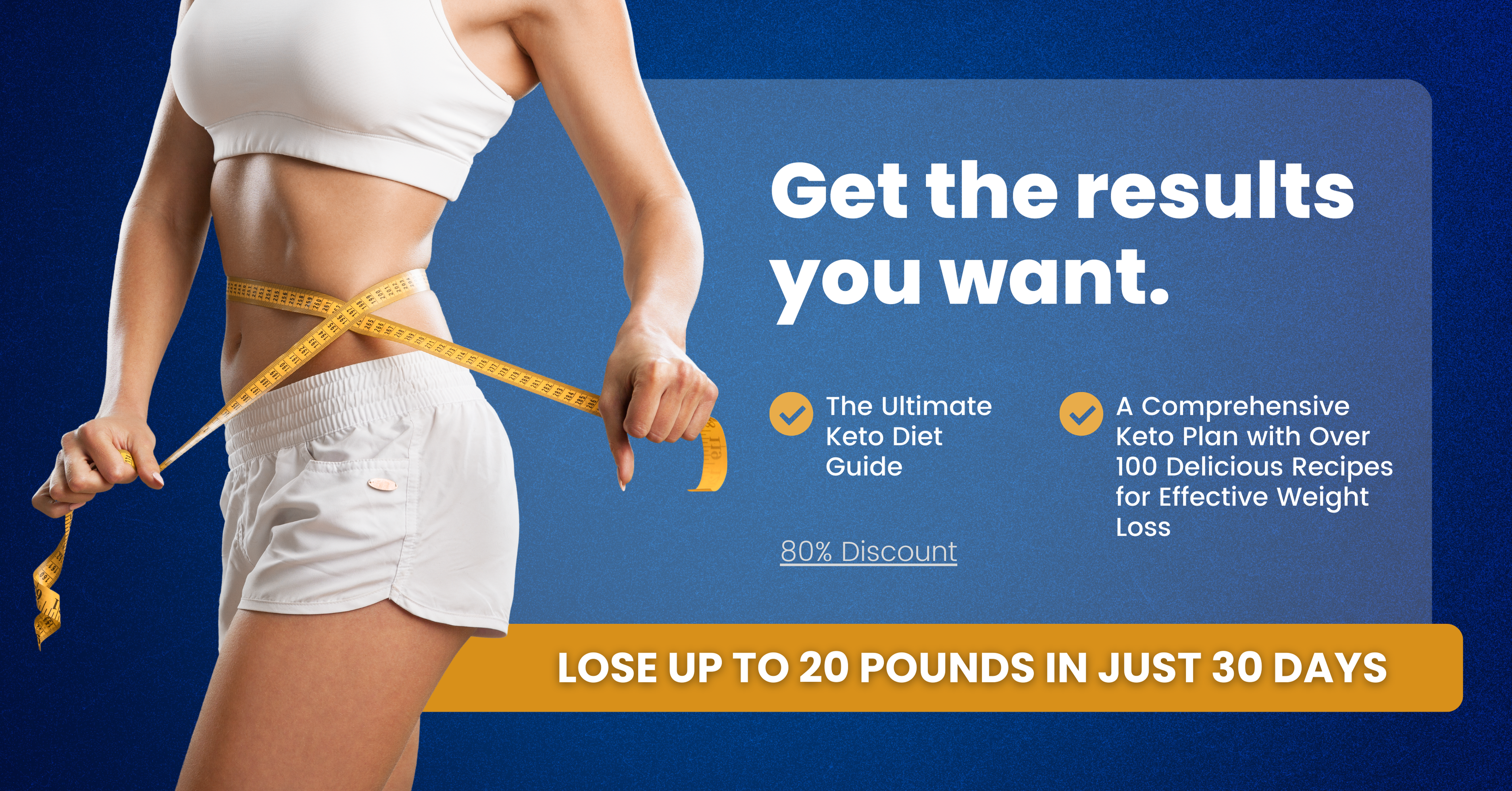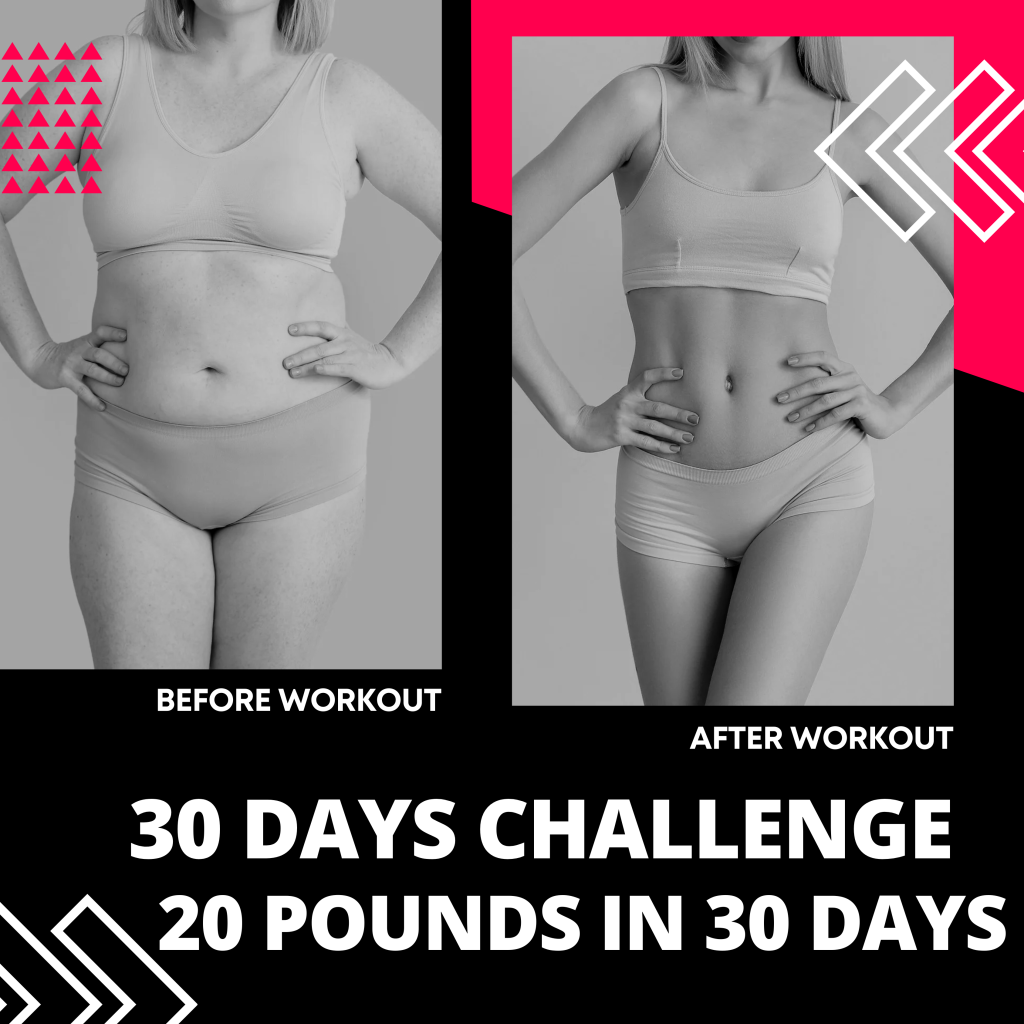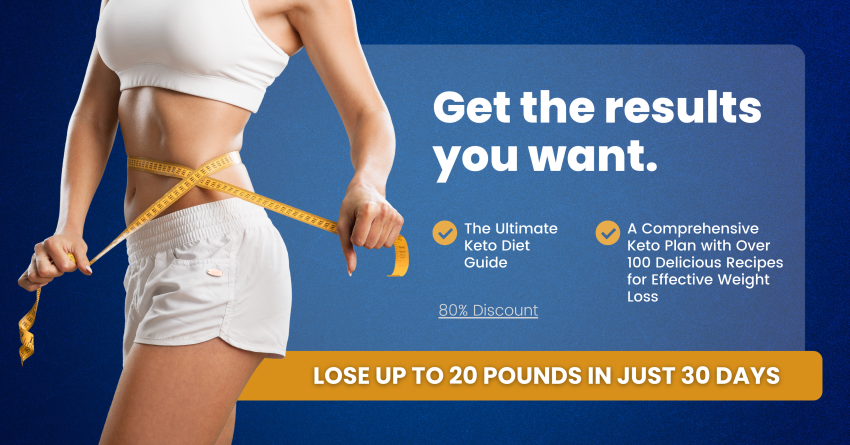

The ketogenic diet, or keto diet, has become increasingly popular in recent years for its effectiveness in promoting weight loss and improving overall health. This high-fat, low-carbohydrate diet has been shown to help regulate blood sugar levels, reduce inflammation, and boost energy levels. If you’re interested in trying out the keto diet for yourself, here’s a beginner’s guide to help you get started.
1. Understanding the basics: The ketogenic diet involves reducing your carbohydrate intake and increasing your fat intake to put your body into a state of ketosis. In ketosis, your body burns fat for fuel instead of carbohydrates, leading to increased fat loss. To achieve ketosis, you should aim to consume around 75% of your daily calories from fats, 20% from protein, and only 5% from carbohydrates.
2. Choosing the right foods: When following a keto diet, it’s important to focus on consuming healthy fats, such as avocados, nuts, seeds, and olive oil. You should also include a moderate amount of protein from sources like grass-fed meat, poultry, and fish. Be sure to limit your intake of high-carb foods like grains, fruits, and starchy vegetables.
3. Meal planning: To stay on track with your keto diet, it’s important to plan ahead and prepare meals that are high in fat and low in carbohydrates. Consider incorporating dishes like avocado and bacon omelets, grilled salmon with pesto zoodles, and coconut curry chicken into your meal rotation. You can also find a variety of keto-friendly recipes online to help inspire you in the kitchen.
4. Tracking your progress: Monitoring your progress is key to seeing results on the keto diet. Keep track of your daily macronutrient intake to ensure you’re staying within the recommended ratios of fats, protein, and carbohydrates. You may also want to measure your ketone levels using urine strips or a blood ketone meter to confirm that you’re in ketosis.
5. Dealing with potential side effects: As your body adjusts to the keto diet, you may experience some side effects like fatigue, headaches, and irritability. These symptoms, known as the keto flu, are temporary and typically subside within a week or two. To help alleviate these symptoms, be sure to stay hydrated, get plenty of rest, and incorporate electrolyte-rich foods like leafy greens and avocados into your diet.
By following these tips, you can ease into the ketogenic diet and start reaping the benefits of improved health and weight loss. Remember to consult with a healthcare provider before starting any new diet plan, especially if you have underlying health conditions or concerns. With dedication and patience, you can successfully transition to a keto lifestyle and achieve your wellness goals.






